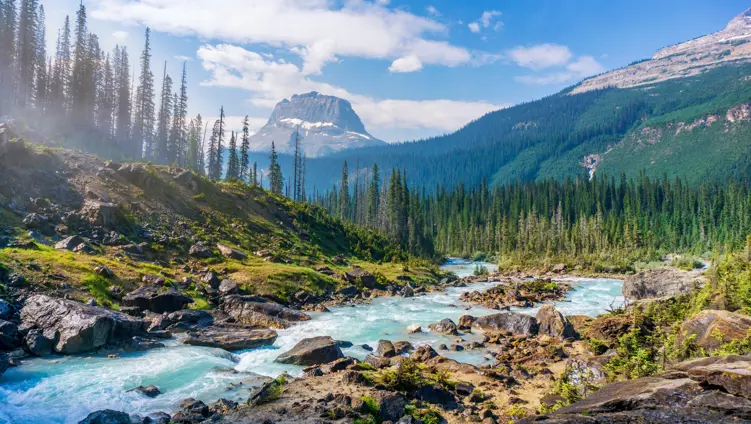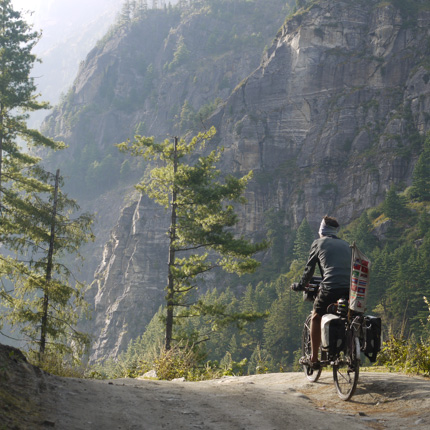We talk a lot about the receding snow line, and our plastic-filled oceans. Less so about our plastic-filled closets. Walk into any outdoor store, and you’ll be sure to find swing tags peppered with the words “recycled polyester” and “carbon neutral” — if you’re lucky, perhaps even a used gear drop-off point or two. At first glance, outdoor brands are diving head-first into climate action; embracing circularity, tree-planting, and even taking back worn gear in exchange for a discount on your next purchase. And yet, there’s a catch, often hiding in plain sight: “your next purchase”. In order to be a “good” environmentalist, you must shop — after all, no trees get planted if you don’t buy the t-shirt, and what kind of outdoor-lover would you be if you actively decided not to plant trees? The fact that most corporate tree planting schemes result in non-biodiverse monoculture plantations remains an afterthought.
Likewise, recycled polyester is prevalent for good reason; making the swap from virgin material gives brands an easy opportunity to label their new collections as “green”, without having to sacrifice the technical properties synthetic materials bring to their garments. Despite this, it’s not quite the straightforward solution it appears to be. Even before we consider the inadequacy of most countries’ recycling infrastructure to deal with the immense volume of plastic waste being generated on a daily basis – only 9% of plastic is recycled globally – not all plastic can be recycled. Consequently, the manufacture of recycled polyester comes to rely on the few types of plastic which are suitable – namely polyethylene terephthalate (PET), the material used in single-use plastic bottles. Instead of decreasing the textile industry’s reliance on fossil fuels, embracing recycled polyester instead of natural materials, or developing new, innovative textile solutions, simply adds a new link to the chain. Far from alleviating plastic pollution, this system creates a new dependency on a steady inflow of suitable waste materials, providing an excuse for the continued overproduction and consumption of single-use packaging.
The symbiotic – almost co-dependent – relationship between outdoor brands and the fossil fuel industry isn’t something companies like to draw attention to, naturally. Unless they’re forced to, that is. In 2020, oil and gas company Innovex placed an order with The North Face for 400 co-branded jackets for their staff. It was rejected, with The North Face declining to place the Innovex logo next to their own. A natural reaction, you might say, from a brand founded upon a love for the outdoors – but it’s not that simple. When Chris Wright, CEO of Liberty Oilfield Services LLC – a competitor of Innovex – heard about The North Face’s refusal to do business with his competitors, he was surprised – not least because he had already purchased 2000 similar jackets for his own employees, hassle-free. In response, Liberty commissioned billboards with the message: “That North Face puffer looks great on you. And it was made from fossil fuels.” The company placed them around Denver, Colorado, where The North Face is headquartered. The campaign went viral, alongside a YouTube video in which Wright – who also happens to be an outdoor enthusiast – thanks The North Face for making such quality gear, albeit with the help of the fossil fuel industry.











